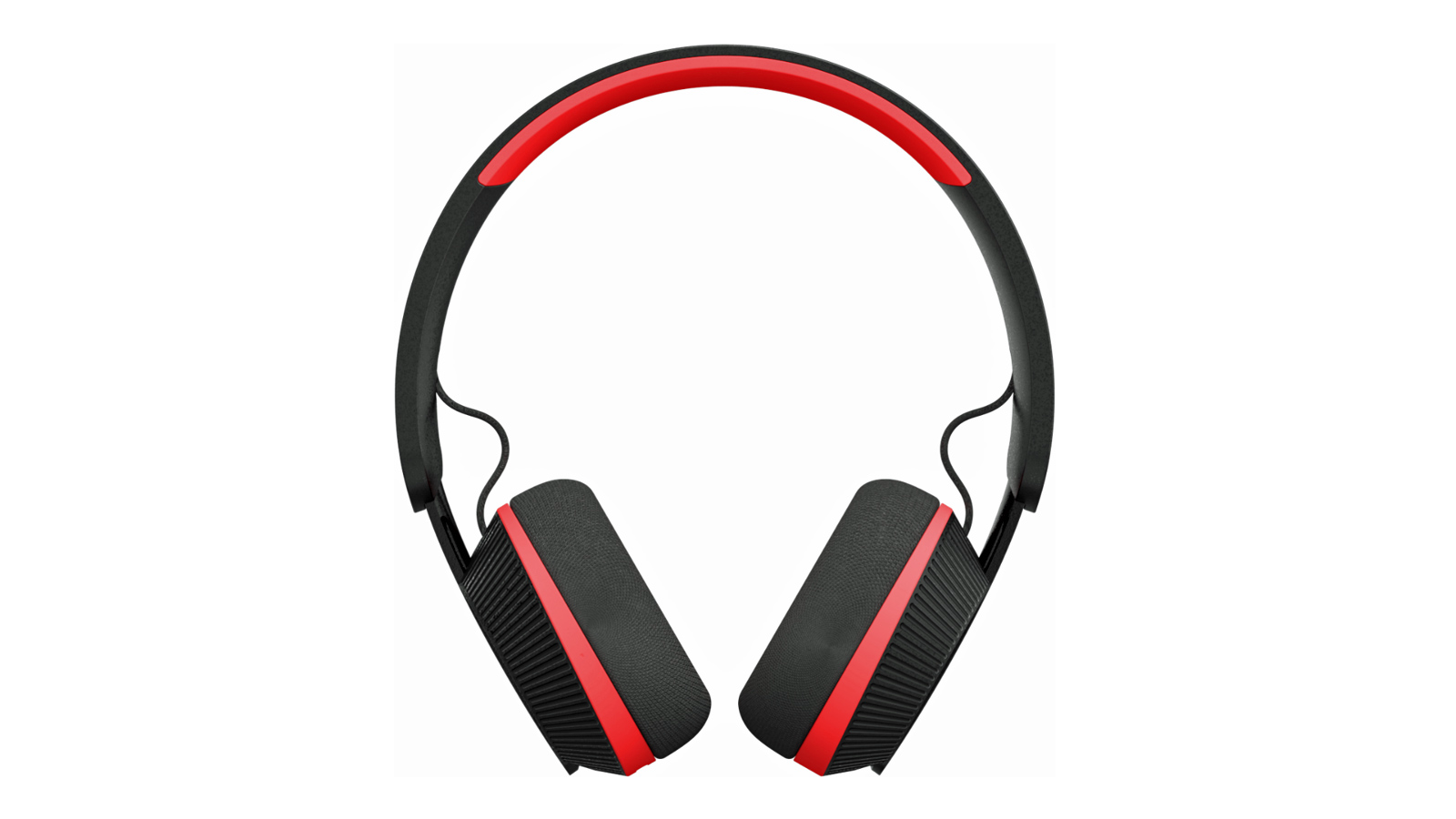Philips' new wireless headphones will never need charging
Powerfoyle solar tech comes to the Philips headphones range

As part of a larger renewal of its headphones line up, Philips has released the details of three new pairs of headphones, and one of them will never need charging.
The new A6219 on-ear GO sports headphones use Powerfoyle solar-cell technology, as also seen on headphones from Urbanista and Adidas, to self-charge via both indoor artificial light and outdoor sunlight.
The result is a potentially unlimited battery life, without ever needing to plug them in, but you'll get 80 hours of playback from full to boot. You can monitor the solar charging process within the Philips Headphone App.
The focus here is on sports, so they are suitably equipped with IP55 protection against water, sweat and dust.
Weight has also been kept to a minimum, designed using 35 per cent Post Consumer Recycled (PCR) plastics, with washable, breathable fabric covers for the ear cups and gel-filled ear cushions for cooler, longer wears.
The A6219 use Philips’ natural sound profile, originally featured on the flagship Fidelio range and recreated here thanks to newly developed 40mm drivers. There’s also the option of a switchable dynamic bass boost feature and the promise of good call quality thanks to an AI-equipped microphone.
New mid-range flagship cans
Joining the A6219 are the H6509, which will sit at the top of the company’s renewed mid-range line up. They offer a lightweight, over-ear design with improved sound quality, thanks to new 40mm drivers.
Get the What Hi-Fi? Newsletter
The latest hi-fi, home cinema and tech news, reviews, buying advice and deals, direct to your inbox.
The inclusion of Philips’ Hybrid Noise Cancelling Pro system is also new at this price point, plus the ability to automatically pair with Philips’ new Titan-equipped TVs for wireless Bluetooth listening.
Simplifying the pairing process, the headphones will “pop up” on the TV whenever they’re in close range for a quick and easy connection, and promise a latency of 100ms or less for no lip-syncing issues.
Bluetooth multipoint allows the H6509 to seamlessly connect to a phone or laptop as well, with a generous battery life of 60 hours, or 40 hours with ANC on.
Philips A6709 bring open-ear design to true wireless buds
Finally, if you prefer an in-ear fit for sports, but want to keep aware of your surroundings, the new A6709 offer the benefit of a true wireless earbud form factor but with an open acoustic design.
With precision ports directing the sound from the drivers into the ear, they allow a natural combination of rich sound and environmental awareness, while keeping the ear canal completely clear. An innovative dipole design minimises the overall spread of sound too, reducing unwanted sound leakage to those around you.
With a rubberised design and an IP55 rating, the A6709 are ideally suited for more active, energetic sports, and offer seven hours of playback from a single charge, with a further 21 hours from the charging case. A quick charge of 15 minutes will give a one-hour playback if you’re caught short.
We’re waiting for further details on pricing and availability of all of the above headphones, but we’ll update you as soon as we hear more.
MORE:
Yamaha’s first open earbuds aim to keep you connected with the real world
Bose Ultra Open Earbuds break cover... but aren't what we expected
Check out our best sports headphones
Verity is a freelance technology journalist and former Multimedia Editor at What Hi-Fi?.
Having chalked up more than 15 years in the industry, she has covered the highs and lows across the breadth of consumer tech, sometimes travelling to the other side of the world to do so. With a specialism in audio and TV, however, it means she's managed to spend a lot of time watching films and listening to music in the name of "work".
You'll occasionally catch her on BBC Radio commenting on the latest tech news stories, and always find her in the living room, tweaking terrible TV settings at parties.
-
Corpus_Chain Monitor the charging of your headphones via a phone app? That's absolutely ridiculous.Reply
I also think they will need charging, because they're going to spend time in backpacks and cupboards and not always in the light, but the idea of solar charging headphones is a great one.
Something that I wish could be added to a lot of wireless headphones is a standard 3.5mm input, in case you want to connect them to a device that isn't wireless/bluetooth compatible.

